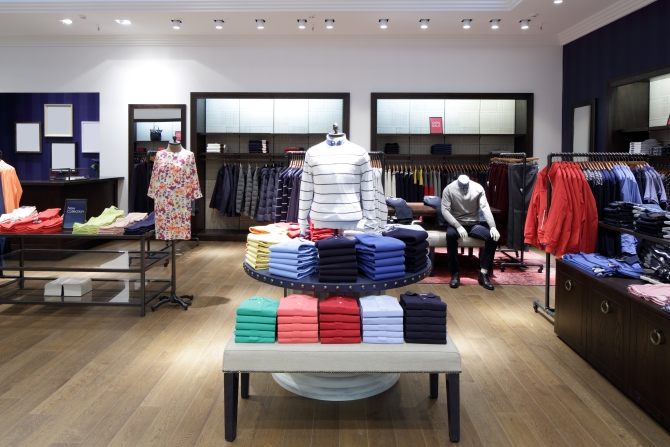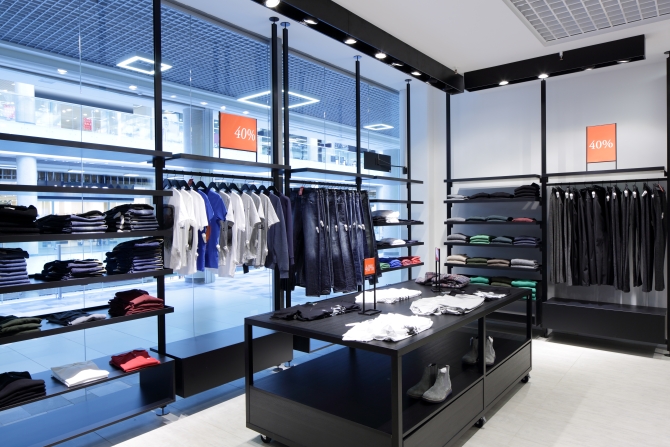Many high street fashion retailers are currently seeking premises with double height fronts or flexible layouts as a means of creating a spacious, airy design sought after by consumers.

However, a new study by Emily Fisher of property agent Lambert Smith Hampton (LSH) indicates that there are many design factors which influence consumer behaviour, and these can be manipulated in order to encourage a higher level of spending.
One of the primary factors currently utilised by retailers is lighting, and while the study found that most high street brands enlisted spotlights or studio lights in order to create a bright ambience in store, it also revealed that this may not be the best way to win over shoppers.
Although this creates a “blank canvas” against which the items on show are thrown into prominence, the large warmer studio lights used by high end designers were better suited for adding “lustre and sparkle” to fashion ranges – arguably transforming their stores into ambient settings more capable of boosting spending.

Another way in which designer stores differed from the high street is in the decompression zone, otherwise known as the area encountered when first entering the shop.
On the High Street, this tends to be filled with sale items and new lines, whereas designers keep this area clear in order to give their customers time to adjust, relax and bask in a feeling of luxury.
Yet not all stores employ the same tactics when it comes to music, with the study showing that sports and recreational retailers tend to play loud chart music in order to attract their target market – something which, according to Ms Fisher, can often be viewed as intimidating or distracting by shoppers.
Conversely, high street fashion chains and designers both chose to play music at a lower volume, although the high street brands often played popular music whereas designers utilised unique tracks and instrumental pieces as a means of reinforcing the exclusivity of their offering,

Ms Fisher believes that the use of a store as a means of cementing a brand’s identity could prove hugely important for growing high street retailers.
She says; “This study revealed how retail stores use their design and many other elements, even seemingly irrelevant things like smell and music, to influence the consumer subconsciously.
“Personally, the store designs I liked the most were All Saints and Banana Republic, due to their strong and definite brand identity, as well as unique design, inviting music, intriguing colour schemes and plenty of space to walk around.
“I now find myself viewing retail stores differently and increasingly analysing my approach to shopping.”
Of course, there is no guarantee that high street retailers will enjoy a higher level of success should they employ the tactics of designer brands as, after all, they are attempting to attract a wider target audience and will therefore struggle to find a model which will suit everyone.
However, by reinforcing their brand identities through their stores, they may find a corresponding lift in profits in the long term.